Introduction: A Breakthrough in Space Physics
For decades, scientists have puzzled over how particles in space – such as cosmic rays – are accelerated to near-light speeds. These high-energy particles zip through the universe, passing through galaxies and even reaching Earth, but the mechanism behind their acceleration has long remained a cosmic mystery. Recent research using high-powered lasers has offered a revolutionary breakthrough by successfully recreating a cosmic shockwave in a lab. This experiment not only simulated an astrophysical phenomenon but also provided the missing piece in understanding a 40-year-old scientific puzzle.
What Are Cosmic Shockwaves?
Cosmic shockwaves are powerful events caused by phenomena like supernova explosions or the collision of stellar winds. When these massive energy releases occur, they send shockwaves rippling through space. These shockwaves compress and energize plasma — the fourth state of matter — propelling particles to extreme velocities.
One of the greatest mysteries in astrophysics has been how these shockwaves accelerate particles to such high energies. While theories like Fermi acceleration existed, there was little direct experimental evidence to confirm how shockwaves could energize particles at the scales observed in space.
The Role of Lasers in Space Science
Thanks to advances in laser technology, scientists can now use laser beams to mimic the extreme environments found in space. These aren’t ordinary lasers but ultra-powerful pulses that can generate energy densities similar to those found in exploding stars. By focusing these high-powered lasers into a plasma target, researchers can simulate miniature versions of astrophysical shockwaves under controlled laboratory conditions.
The Experiment: Recreating a Cosmic Phenomenon in the Lab
In a groundbreaking experiment conducted at facilities like the National Ignition Facility (NIF) in the U.S. and others in Europe, researchers directed powerful lasers onto thin sheets of matter to create plasma. The interaction of this plasma with magnetic fields and additional laser energy created a shockwave similar in behavior to those seen in space.
This artificial shockwave successfully demonstrated the process known as collisionless shock acceleration. Unlike shocks on Earth (which require particles to physically collide), space shockwaves often occur in extremely sparse environments where direct particle collisions are rare. Instead, magnetic fields and waves do the work of energizing particles — a process now directly observed in the lab.
The Science Behind Particle Acceleration
The laser-created shockwaves showed that particles could gain energy by bouncing back and forth across the shock front due to magnetic turbulence. This process, similar to how Fermi acceleration was theoretically described, provides concrete evidence that even without collisions, particles can be pushed to extreme speeds — solving the long-standing mystery.
Not only did the lab experiment match theoretical predictions, but it also validated plasma simulations used in astrophysics. This opens the door to more accurate models of cosmic events like gamma-ray bursts, solar flares, and supernova remnants.
Implications for Astrophysics and Beyond
The success of this experiment has far-reaching implications:
Understanding Cosmic Rays: Now we have direct insight into how cosmic rays are born and accelerated in space.
Improved Space Weather Predictions: By understanding how solar particles behave, we can better protect satellites and astronauts from solar radiation.
Fusion Energy Research: The same laser-plasma techniques used here also contribute to developing clean nuclear fusion energy.
Interstellar Travel Concepts: Knowledge of particle acceleration may one day contribute to spacecraft propulsion technologies.
Conclusion:
Solving a Celestial Puzzle with Earth-Based Tools
By recreating a cosmic shockwave with lasers, scientists have achieved a rare feat: turning theory into observable, repeatable reality. This milestone solves one of the longest-standing questions in astrophysics and showcases the incredible power of modern laboratory tools. As we continue to simulate the universe in the lab, our understanding of the cosmos grows deeper — and our place within it becomes just a bit clearer.





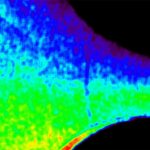
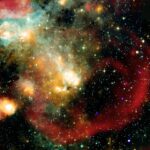







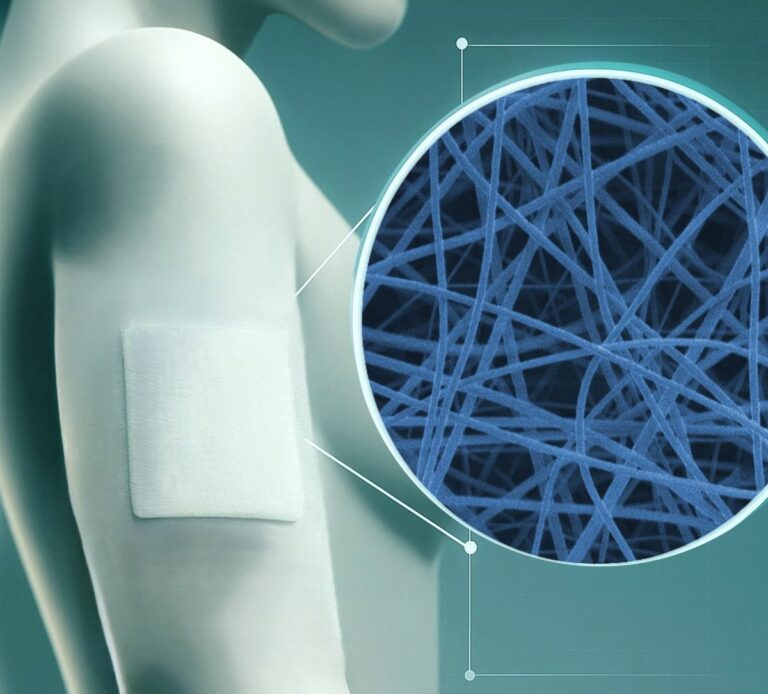
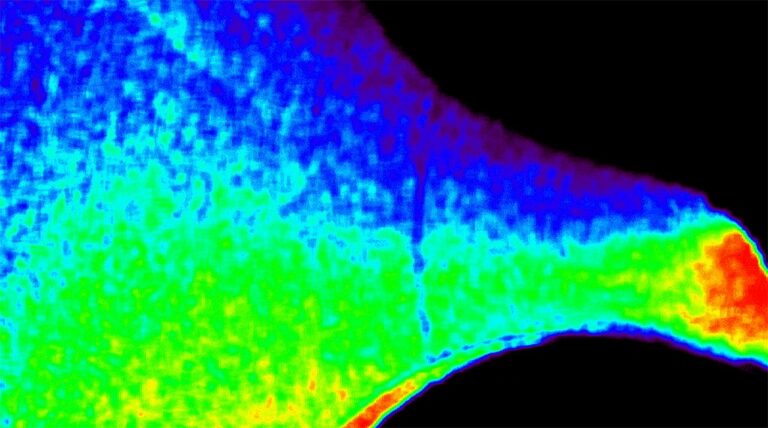
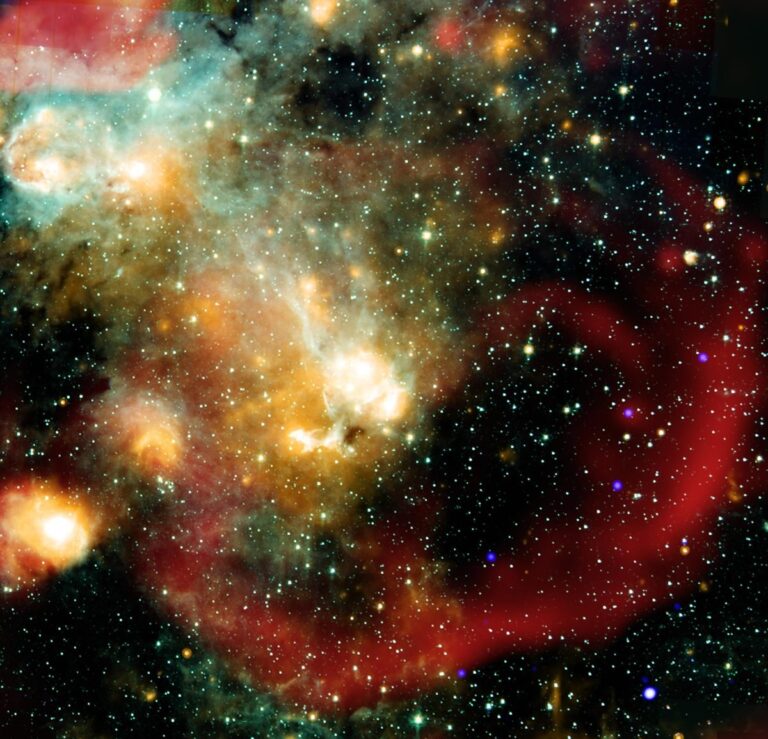
+ There are no comments
Add yours